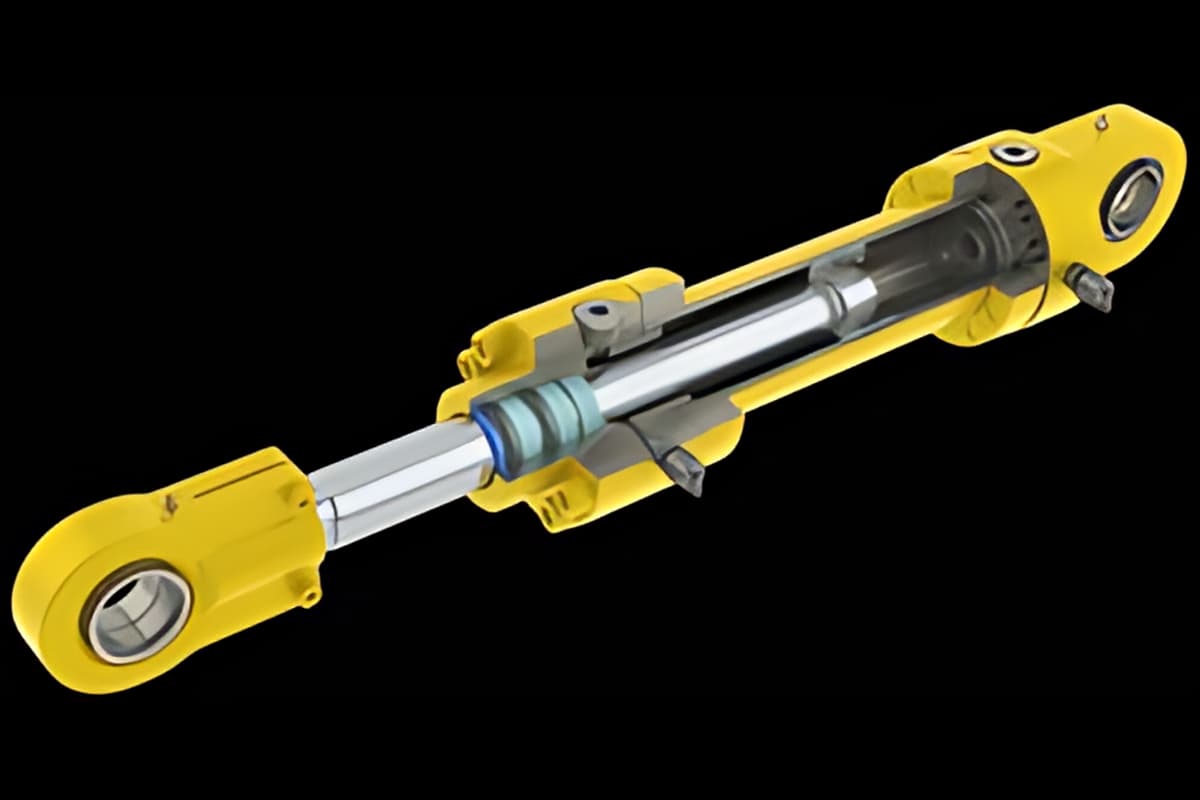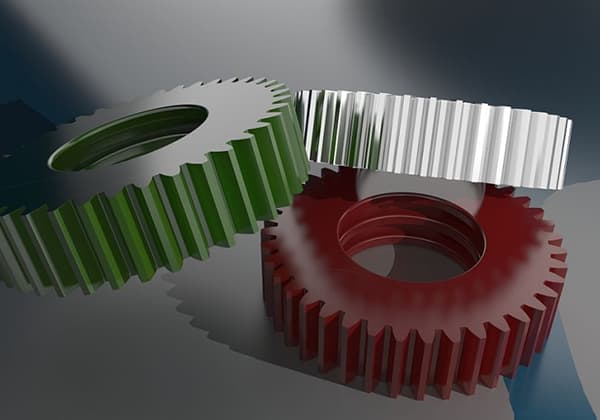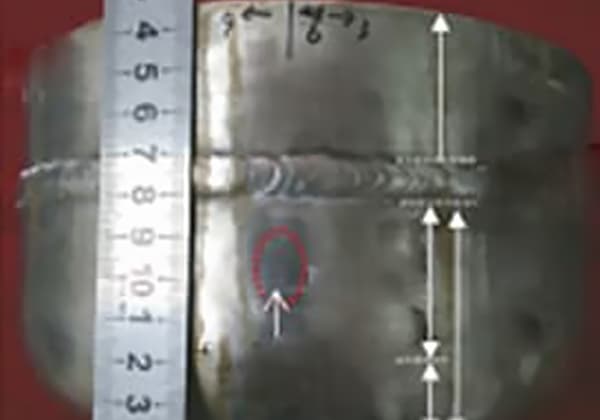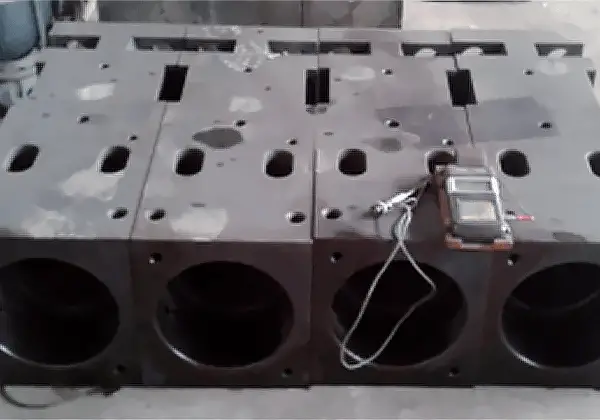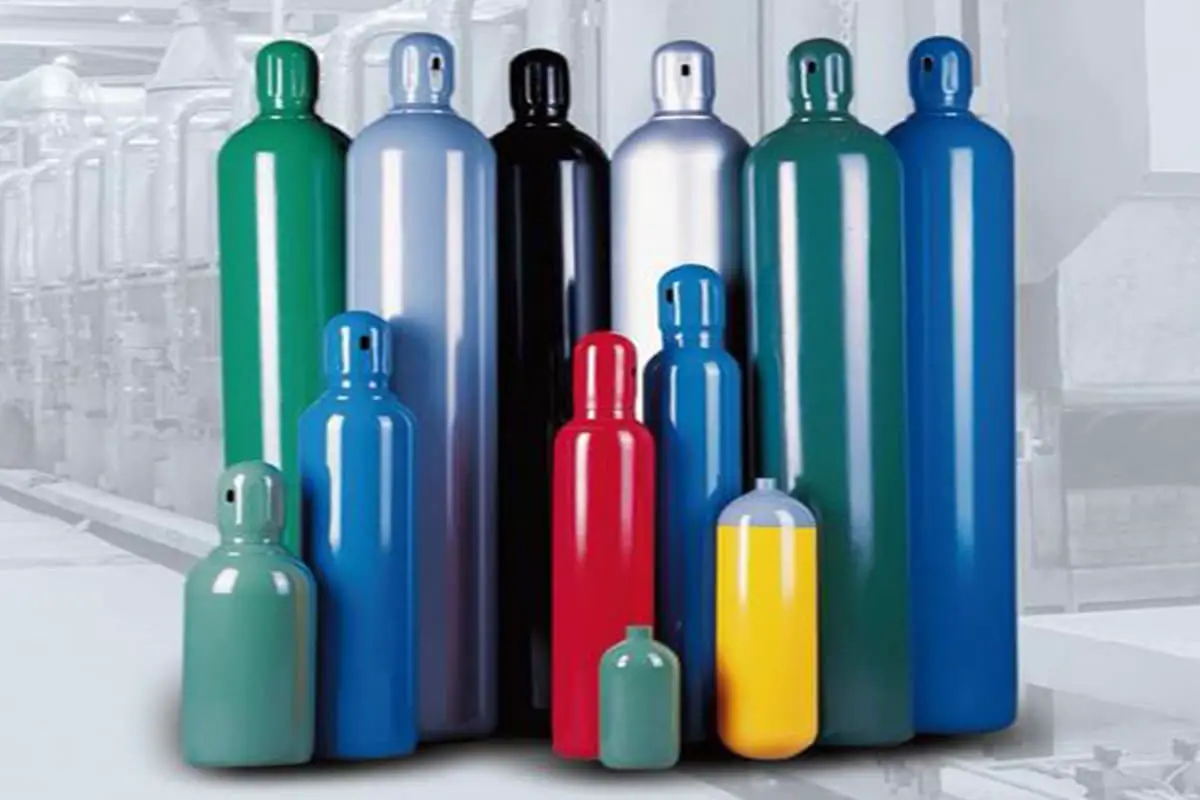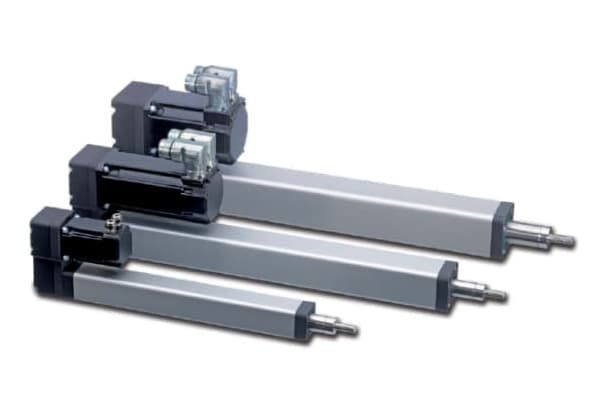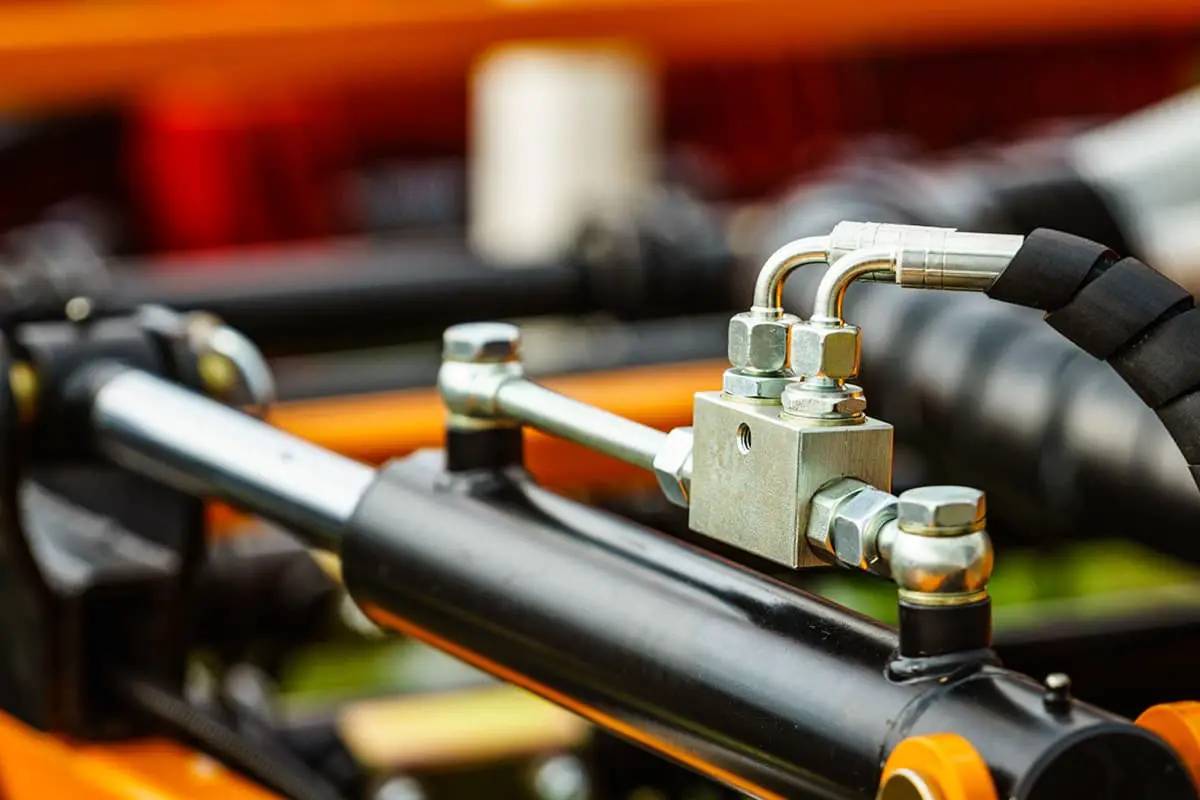
Have you ever wondered what keeps hydraulic cylinders functioning smoothly without leaks? The secret lies in the types of seals used within them. This article dives into six essential types of cylinder seals—dust seals, cylinder rod seals, buffer seals, guide support seals, end cover seals, and piston seals. Each type plays a crucial role in maintaining the efficiency and longevity of hydraulic systems. By understanding these seals, you can better appreciate their importance and ensure your machinery runs flawlessly. Read on to discover how each seal type contributes to the overall performance.
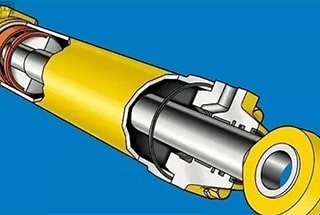
Construction machinery relies heavily on hydraulic cylinders, and these cylinders are in turn dependent on seals.
One common type of seal used in hydraulic cylinders is the sealing ring, also known as an oil seal, which prevents oil from leaking or flowing through.
In this article, we have compiled a list of various types and forms of commonly used sealing rings for hydraulic cylinders.
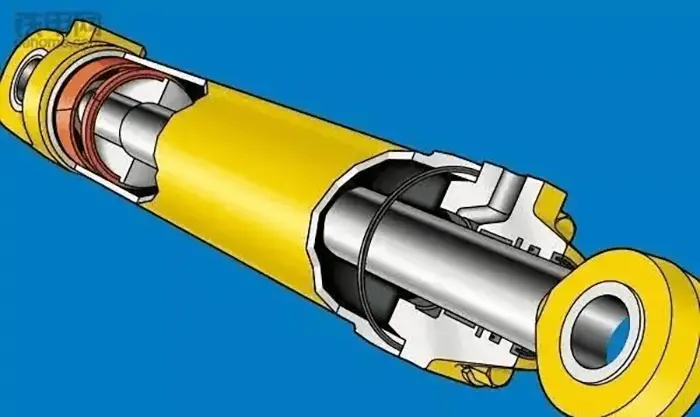
Fig. 1 Sealing rings.
The commonly used sealing rings in hydraulic cylinders include: dust seals, cylinder rod seals, buffer seals, guide support seals, end cap seals, and piston seals.
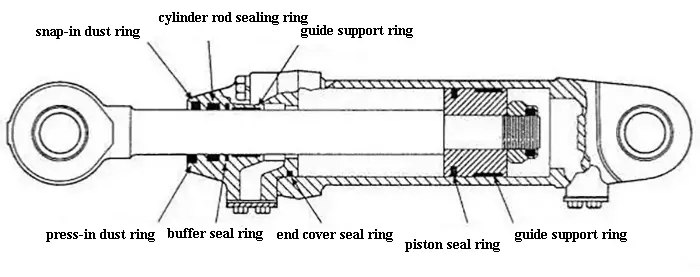
Fig. 2 The position of different seal rings.
In my experience with hydraulic cylinder seals, there are a few key aspects that are important to understand. First, hydraulic cylinder seals are essential components in hydraulic systems. Their primary function is to seal the openings between various parts, preventing fluid leakage and maintaining pressure. Seals can be broadly divided into two main categories: static seals and dynamic seals. I’ll go through each of these categories and discuss their basic properties.
Static seals are used where there is no relative motion between the mating surfaces, such as in flange connections, access covers, or ports. They are designed to prevent fluid leakage and to maintain pressure. Some common types of static seals include:
Dynamic seals, on the other hand, are used where there is relative motion between the mating surfaces, such as in pistons or rods. They need to be more durable and wear-resistant compared to static seals, as they are subject to constant movement and friction. There are several types of dynamic seals, including:
Overall, hydraulic cylinder seals are remarkably diverse, with numerous types tailored to specific applications. Understanding the basic principles and differences between static and dynamic seals is crucial to ensure the proper functioning and longevity of your hydraulic system. The right seal type greatly depends on factors like the application, operating conditions, and design constraints.
The dust seal is located on the exterior of the hydraulic cylinder’s end cap and serves to prevent external debris from entering the cylinder.
Based on the method of installation, dust seals can be classified into two types: snap-in and press-in.
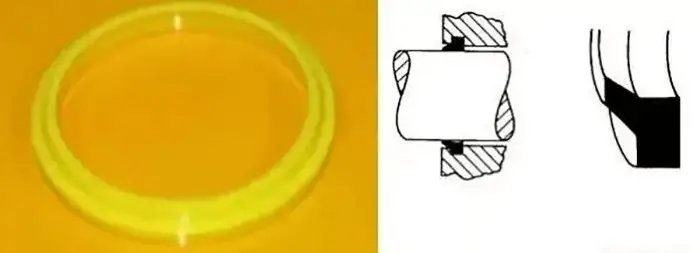
Fig. 3 Basic form of snap-in dust ring.
The most commonly used dust ring is the snap-in type. As the name implies, it snaps into the groove on the inner wall of the end cover and is used in less harsh environmental conditions. The material used for the snap-in dust ring is usually polyurethane and it comes in different structures, such as the double-lip structure type H and K-sections. Despite the variations, their basic design remains the same.
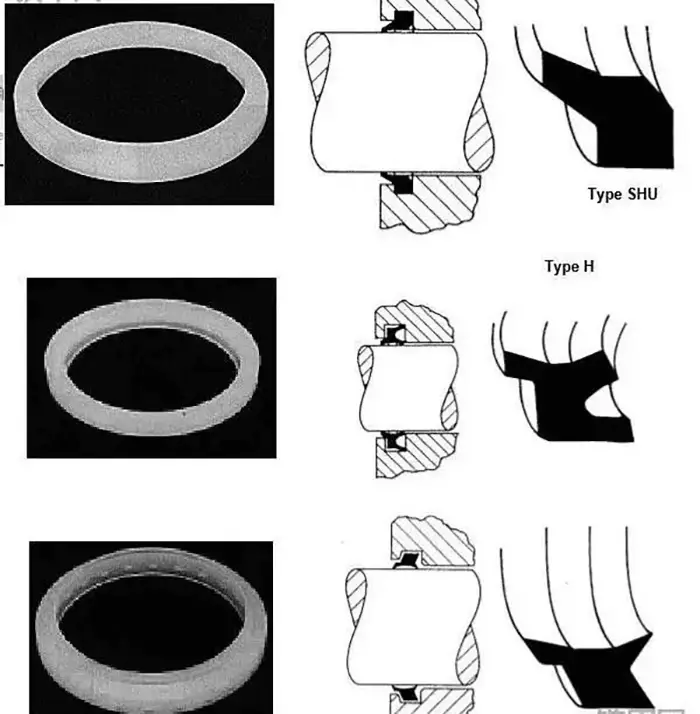
Fig. 4 Some variants of snap-in dust ring.
The press-in type dust ring is used in harsh and high-stress environments. Unlike the snap-in type, it is not inserted into the groove but is reinforced with a metal layer to enhance its strength and then inserted into the hydraulic cylinder’s end cover. There are different types of press-in dust rings, such as single-lip and double-lip.
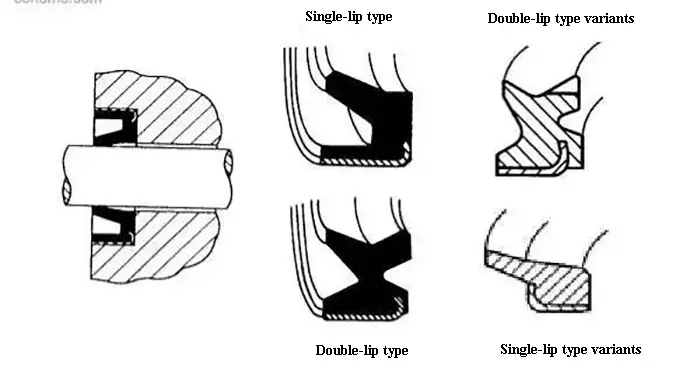
Fig. 5 Press in dust ring and some variants.
The cylinder rod sealing ring, also known as a U-cup, is the main piston rod seal and is installed inside the end cover of the hydraulic cylinder to prevent hydraulic oil leakage. The cylinder rod sealing ring is made of polyurethane or nitrile rubber.
In some cases, it needs to be used in conjunction with a support ring (retaining ring) to prevent the sealing ring from undergoing extrusion deformation under pressure. There are many variations of cylinder rod sealing rings available.
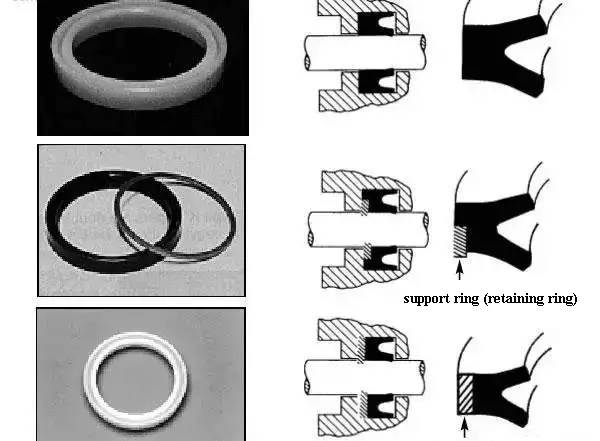
Fig. 6 Common types of cylinder rod seal ring.
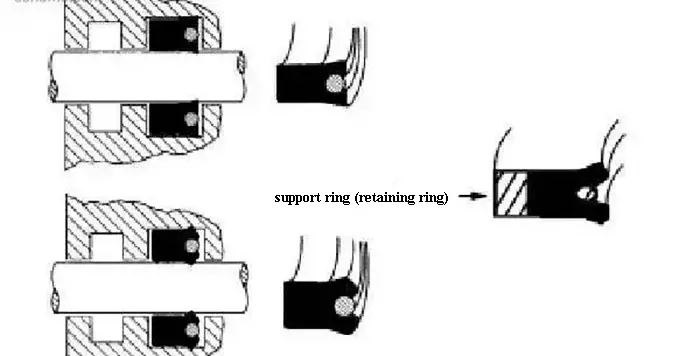
Fig. 7 Some variants of cylinder rod sealing rings.
As an auxiliary piston rod seal ring, the buffer seal ring serves to protect the piston rod in the event of a sudden increase in system pressure. There are three main types of buffer seals, including:
Type A: A single-piece seal made of polyurethane.
Type B and Type C: Two-piece seals that are designed to prevent extrusion and can handle higher pressures.
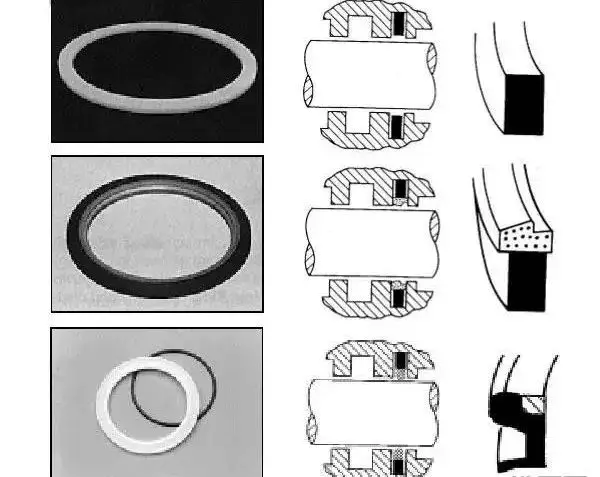
Fig. 8 Common types of the buffer seal ring.
The guide support ring is located on the end cover and piston of a hydraulic cylinder. It performs several functions, including supporting the piston rod and piston, guiding the piston’s linear motion, and preventing metal-to-metal contact.
The guide support ring can be made from materials such as plastic or bronze coated with polytetrafluoroethylene.

Fig. 9 Guide support ring used on the end cover of the hydraulic cylinder and the piston.
The end cover seal ring is designed to seal the joint between the cylinder end cover and the cylinder wall. It acts as a static seal, effectively preventing any leakage of hydraulic oil from the gap between the end cover and the wall.
The end cover seal ring typically consists of an NBR O-ring and a support ring, also known as a retaining ring.

Fig. 10 End cover sealing ring.
The piston seal ring serves to separate the two chambers within a hydraulic cylinder and is considered the primary sealing component.
Typically, the piston seal ring is two-piece, with an outer ring made of PTFE or nylon and an inner ring made of NBR. There are several variations of the piston seal ring, including versions made with bronze coated with polytetrafluoroethylene.
In single-acting oil cylinders, a polyurethane u-cup may also be used as the piston seal ring.
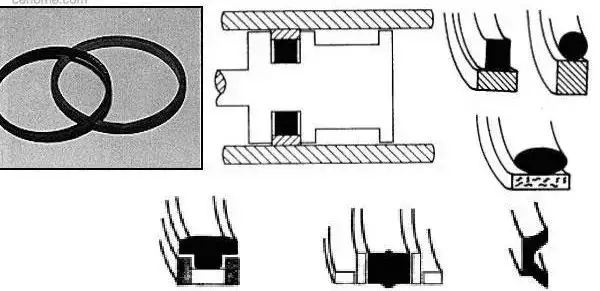
Fig. 11 Common types of the piston seal ring.

